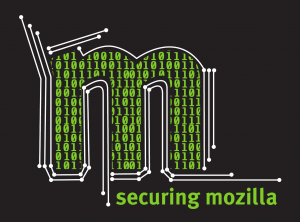Security/Standard Levels
|
READY The goal of this document is to ensure consistency, coherence between security documents. All Mozilla security documentation must follow the recommendations below. If a risk level is not present in this document, it cannot be used to express security risk. It establishes standard level conventions, in particular:
The Enterprise Information Security (Infosec, formerly OpSec) team maintains this document as a reference guide for operational teams. Updates to this page should be submitted to the source repository on github. Changes are detailed in the commit history. |
Standard Documentation Levels
We strongly focus on presenting risk levels in all documents, pages, etc. It allows for a common representation of risk regardless of tools and other nomenclature used. If you use a scoring system for example, and your score is F, you are at higher risk. If data is of higher level, you are at higher risk. Etc. For this reason, the risk levels are the most important levels and must always be followed and present.
| Scoring, pass/fail, RFC2119, etc. |
|---|
|
If you are looking for scoring, pass/fail, document readiness, etc. labels and levels, please check Scoring and other levels instead. Do note that all document must also express risk. |
Standard risk levels definition and nomenclature
The risk levels also represent a simplified ISO 31000 equivalent (and are non-compliant) . These levels are also used to display risk impact, risk probability and any risk related level.
| Risk Level | Expectations | Rationale |
|---|---|---|
| MAXIMUM Risk | This is the most important level, where the risk is especially great.
|
|
| HIGH Risk |
|
|
| MEDIUM Risk |
|
|
| LOW Risk |
|
|
| UNKNOWN Risk |
|
This is not a true level, it is used when there to represent that we do not have enough data to correctly assess the level (i.e. data collection work is required). Note: communicating the risk of not knowing is challenging and prone to failure, in particular when once data has been gathered, the risk appears to in fact be low. This concept is also known as "trust, but verify" - i.e. unknown does not distrust (by assign it a higher risk) the service, user, etc. by default. |
Examples of usage
| Level | Example |
|---|---|
| LOW Risk |
|
| MEDIUM Risk |
|
| HIGH Risk |
|
| MAXIMUM Risk |
|
- You site scored C to the HTTP observatory tests, it is at MEDIUM Risk.
- You have 1 immediately exploitable RCE vulnerability of maximum impact and are at MAXIMUM Risk.
